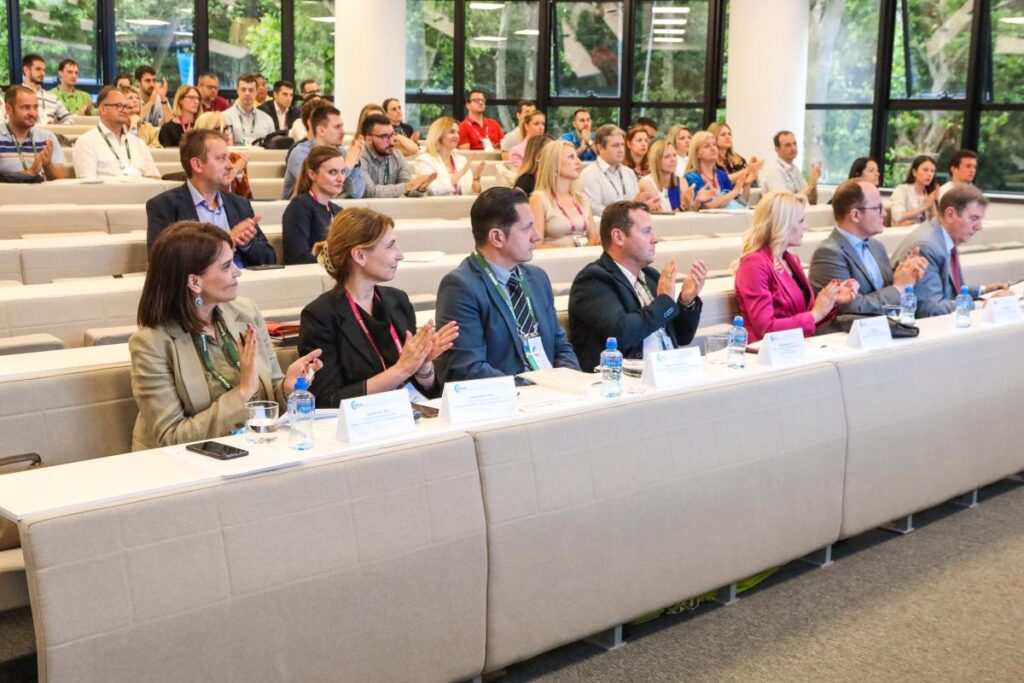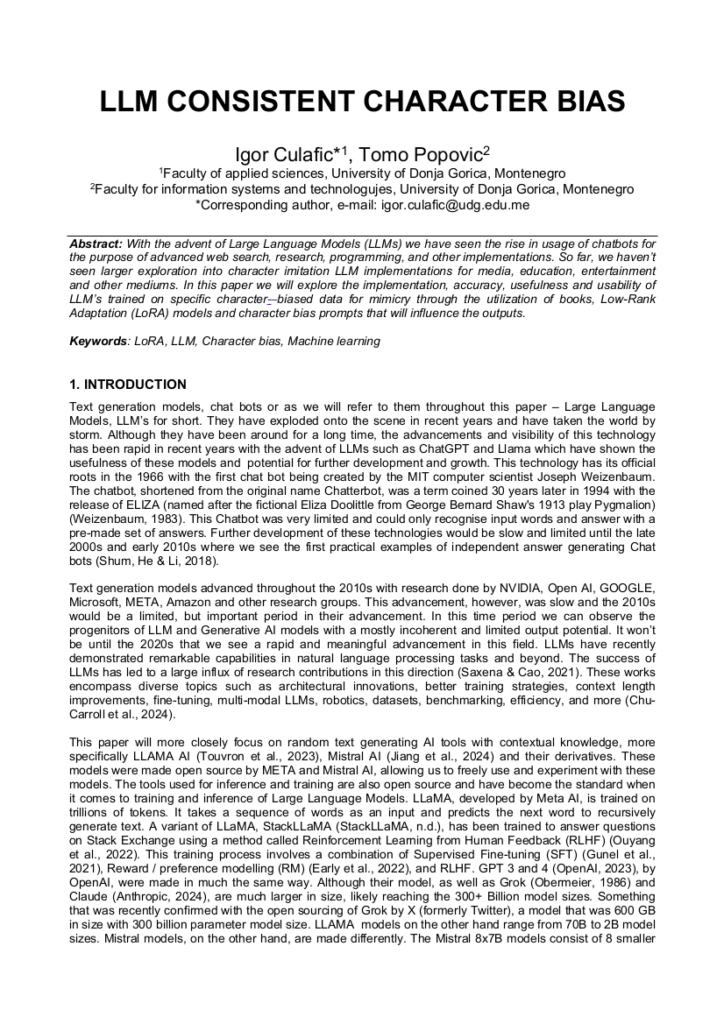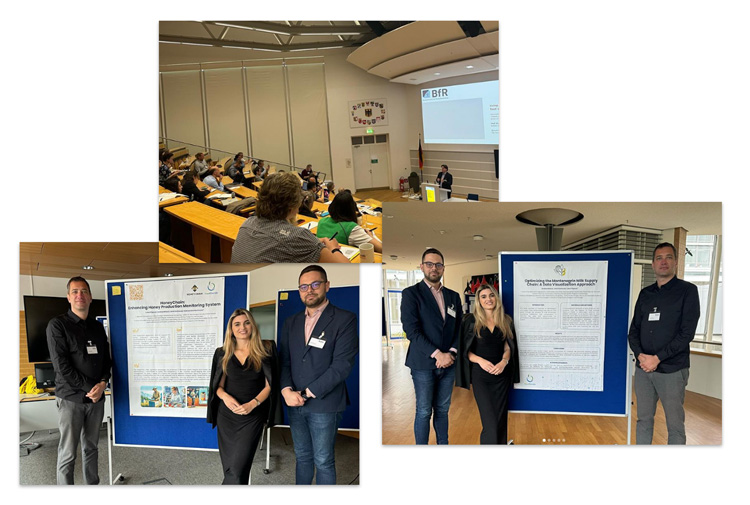Representatives from NCC Montenegro in joint efforts with young researchers from UDG, published two scientific papers at the SymOrg 2024 conference, organized by the Faculty of Organizational Science, University of Belgrade, at Zlatibor, Serbia on June 12-14, 2024. The conference, traditionally envisioned as a platform for knowledge innovation and empirical research, bringing together representatives from the scientific and professional community, was themed: ”Unlocking The Hidden Potential Of Organization Through Merging Of Humans And Digitals”, aiming to address the newfound need for balance in the era of AI.

The scientific paper “Detection of Scoliosis” by Elvis Taruh, Enisa Trubljanin, and Dejan Babić explores the application of a deep learning model integrated with a web application to detect scoliosis using x-ray images. Utilizing a dataset of 198 x-ray images from Roboflow, the initial model performance was unsatisfactory, prompting manual annotation of 245 images, which significantly improved the model’s accuracy. YOLOv8, a state-of-the-art object detection algorithm, was used to train two models, demonstrating improved performance with manual annotations. The web application, built with Flask, HTML, CSS, and JavaScript, provides a user-friendly interface for analyzing scoliosis detection results. The backend uses MySQL for data storage and management, facilitating efficient image processing, result display, and feedback from doctors. Evaluation metrics indicate that the second model, which underwent refined annotation and augmentation, performed better, avoiding overfitting and demonstrating higher precision. This approach enhances early scoliosis diagnosis and offers a scalable solution for other medical detection challenges, supporting healthcare providers with more accurate diagnostic tools and improving patient care.

In the paper “LLM Consistent Character Bias”, the authors Igor Culafic and Tomo Popovic investigate the potential of Large Language Models (LLMs) for character imitation in media, education, and entertainment. Traditionally, LLMs have been used for tasks like web search and programming, but this study focuses on their application in mimicking specific characters from books. Using a dataset created from the Ciaphas Cain anthology of Warhammer 40k, the authors trained models using Low-Rank Adaptation (LoRA) methods. Three models of varying sizes (1.1B, 7B, and 10.7B parameters) were tested, with training conducted on a NVIDIA RTX 4090 GPU. The study found that the larger models (7B and 10.7B) performed well in maintaining character consistency, though they occasionally struggled with specific details and displayed unexpected behaviors like excessive emoji usage. The smallest model (1.1B), despite higher LoRA Rank parameters, was less effective and prone to errors such as repetitive responses and long rants. The authors conclude that LLMs can successfully imitate fictional characters given adequate data and training, suggesting future improvements could make them useful in various fields, including education and therapy. These models have the potential to enhance interactive experiences in theme parks, video games, and educational tools by providing authentic character interactions. However, they caution against using these models as replacements for human therapists due to their limitations and tendency for inaccuracies.

Both research papers were partly supported by the EuroCC2 project that is funded by the European High-Performance Computing Joint Undertaking (JU) under Grant Agreement No 101101903.




